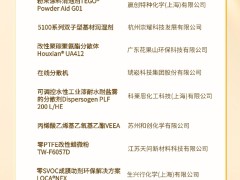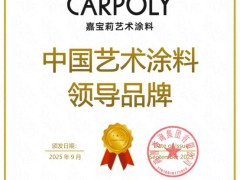據(jù)今日油價網(wǎng)站1月27日消息 Carbon Tracker在本周的一份新報告中稱,石油公司可能陷入價值5000億美元的資產(chǎn)陷阱。
該報告表示:“飆升的油價可能會誘使石油和天然氣公司做出長期投資決策,讓股東付出高昂代價,但對能源轉(zhuǎn)型采取謹慎的有管理的方式,最有助于保護股東價值,幫助社會實現(xiàn)氣候目標。”
作者們注意到了最近油價的飆升,但警告大型石油公司不要放任其發(fā)展,因為各國政府做出的氣候承諾,以及假定電動汽車的廣泛采用,將很快扭轉(zhuǎn)石油需求增長趨勢。
與此同時,礦業(yè)和大宗商品行業(yè)提醒稱,金屬和礦產(chǎn)的價格正在上漲,這兩種產(chǎn)品對太陽能、風(fēng)能和電動汽車都至關(guān)重要。例如,在最近在沙特阿拉伯舉行的未來礦產(chǎn)論壇上,巴里克公司首席執(zhí)行官馬克·布里斯托預(yù)測,銅市場可能會出現(xiàn)短缺。Hallgarten & Company策略師兼負責(zé)人克里斯托弗·埃克萊斯頓則表示,金屬和礦產(chǎn)價格正處于穩(wěn)定的上升軌道,不會恢復(fù)。
原材料成本的上漲已經(jīng)開始影響可再生能源和電動汽車行業(yè),使它們的產(chǎn)品更加昂貴,并減少了愿意轉(zhuǎn)向低碳化石燃料替代品的人數(shù)。分析人士稱,這也危及了能源轉(zhuǎn)型的進展,大幅提高了價格。
即便如此,據(jù)Carbon Tracker報告的主要作者稱,企業(yè)可能會將高油價視為一個巨大的霓虹燈似信號,指向?qū)Ω喙?yīng)的投資。然而,如果他們在需求開始下降的時候繼續(xù)進行輸送石油的項目,這可能會成為一個噩夢。隨著價格下跌,股東可能會面臨災(zāi)難性的價值影響。
王磊 摘譯自 今日油價
原文如下:
Higher Oil Prices Could Trigger $500 Billion In Stranded Assets
Oil companies could get caught in a stranded asset trap worth $500 billion, environmental think tank Carbon Tracker said in a new report this week.
According to the report, “Surging oil prices may tempt oil and gas companies to make long-term investment decisions that cost shareholders dearly, but a cautious “managed” approach to the energy transition would do most to preserve shareholder value and help society achieve climate goals.”
The authors noted the recent surge in oil prices but cautioned Big Oil about letting it go to their heads because climate commitments made by governments and the assumed wider adoption of EVs will soon reverse the oil demand growth trend.
At the same time, however, the mining and commodities industries are warning of rising prices for metals and minerals, both essential for solar, wind, and electric cars. At the recent Future Minerals Forum in Saudi Arabia, for instance, Barrick’s CEO Mark Bristow projected that the copper market could swing into a shortage, while Christopher Ecclestone, strategist and principal at Hallgarten & Company, said metals and minerals prices are on a stable upward trajectory and they are not coming back.
The rising costs of raw materials have already begun to affect the renewable energy and EV industry, making their products costlier and reducing the number of people willing to switch to a lower-carbon alternative to fossil fuels. It has also jeopardized the progress of the energy transition, according to analysts, raising the price tag substantially.
Even so, according to the lead author of the Carbon Tracker report, “Companies may see high prices as a huge neon sign pointing towards investment in more supply. However, this could become a nightmare scenario if they go ahead with projects which deliver oil around the time that demand starts to decline. Shareholders could face catastrophic levels of value destruction as prices fall.”
免責(zé)聲明:本網(wǎng)轉(zhuǎn)載自其它媒體的文章,目的在于弘揚石化精神,傳遞更多石化信息,并不代表本網(wǎng)贊同其觀點和對其真實性負責(zé),在此我們謹向原作者和原媒體致以敬意。如果您認為本站文章侵犯了您的版權(quán),請與我們聯(lián)系,我們將第一時間刪除。







